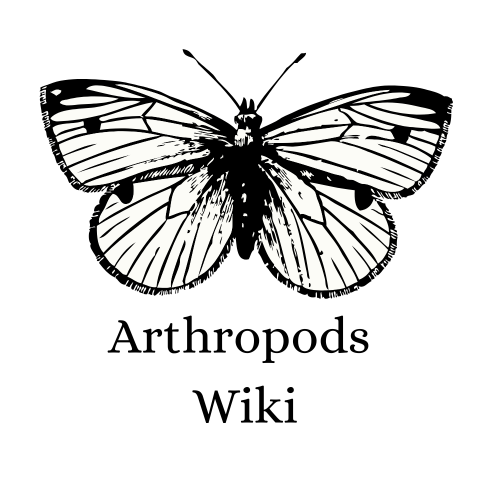Anobiinae is the subfamily which is a composition of death-watch beetles in the family Pitinidae, with at least 46 genera. They are also
known as woodworms, wood borers and furniture beetles, they are called so due to their habits of laying their eggs in wooden house furniture making them a common household pests, they may only measure for about 2-7 mm at maximum however the amount of damage they cause to furniture and wood is almost irrepairable and are one of the most common insects seen in houses and posses the common features of any coleopteran other than their incredibly minute (Small) size.
Morphology[]
A fairly small and common beetle commonly seen in houses with moderate temperature, they have a brown or a maroon exoskeleton sometimes caramel brown or speckled with patterns they normally measure 1mm at minimum length and 7mm at maximum which is quite unusual as per ordinary insect standards in terms of length, they also posses a pair of hardened elytra preventing the inner delicate wings from exposure, they normally "Play dead" upon feeling threatened.
Behavior[]
Their behavior is best described as "Typical" in nature apart from what makes them unique from other coleopteran sub-families is their habits of laying their eggs in cracks and crevices along with old decaying firewood and sometimes carpets and doormats, this may be the only feature which makes them odd compared to other coleopteran sub-families. they feed on a great variety of foods including plants, wood, meat and even human food, deathwatch beetles are called so because they're scavengers and their ways of obtaining food is to only eat decaying or dead matter.
Genre (A few notable ones)[]
- Actenobius
- Allobregmus
- Anobichnium
- Anobiopsis
- Anobium
- Anomodesmina
- Australanobium
- Belemia
- Cacotemnus
- Colposternus
- Ctenobium
- Desmatogaster
- Endroedyina
- Euceratocerus
- Falsogastrallus
- Gastrallus
- Hadrobregmus
- Hemicoelus
- Hemigastrallus
- Leptanobium
- Macranobium
- Magnanobium
- Megabregmus
